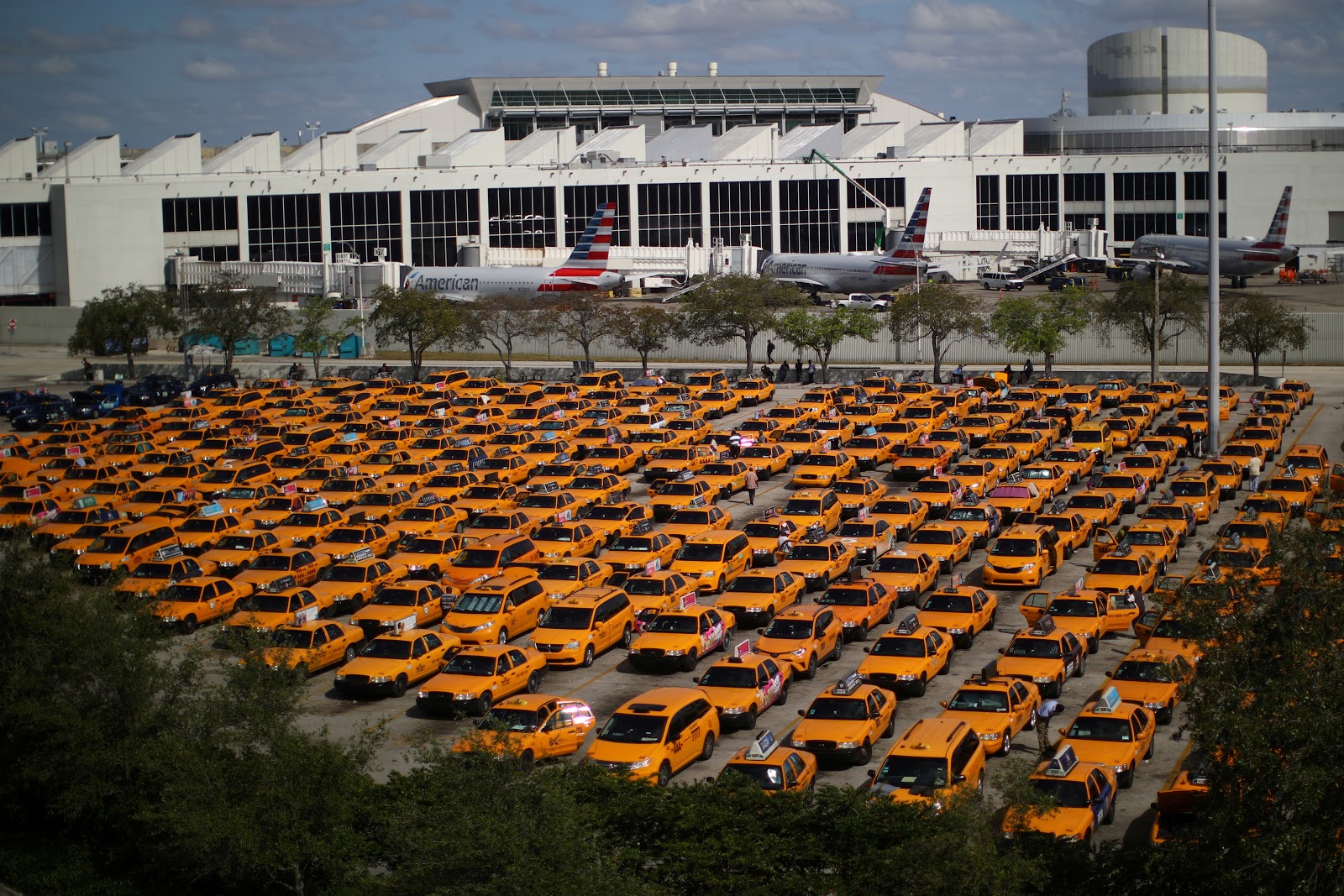The U.S. enters the gauntlet — COVID-19 Update for March 20, 2020

The U.S. enters the gauntlet
U.S. cases of COVID-19 shot up by 50% overnight, passing the 10,000 mark and reaching 14,250 as of the sending of this newsletter. That is up from just 1,300 just seven days ago — more than a 1,000% per week growth rate.
California, the largest U.S. state, issued a “shelter in place order” to its 40 million residents, legally requiring all of them to stay at home and avoid meetings and gatherings of any kind.
Employees in 16 critical infrastructure industries (electricity plants, garbage collection, water filtration plants etc.) are exempted. Grocery stores, pharmacies, and other critical services will also remain open. This CNN article summarizes what is and is not allowed during a shelter-in-place order.
Florida’s reported cases of COVID-19 have surged to 432, with nine deaths reported. The state is set up for disaster: thousands of complacent students descended on its beaches for spring break, while many of the state’s year-round inhabitants are high-risk retirees.
Reality check: Younger adults are a large percentage — almost 50% — of those being admitted to hospitals across the U.S. and Europe.
But it is true that people over the age of 70 comprise the majority of COVID-19-related deaths. Sadly, nursing homes across the country are reporting growing outbreaks in their vulnerable populations where social distancing isn’t really an option.
‘At war with no ammo’: doctors say shortage of protective gear is dire
The above headline from the New York Times tells the dire story of scenes playing out in Seattle and other cities that were hit earliest by the virus. Health workers across the country have taken to making their own masks and other basic implements using common household supplies.
Beyond masks and things that can be made quickly, there is also a growing risk that the U.S. will run short of mechanical ventilators — the life-saving machines that are required when respiratory diseases like COVID-19 reach a critical stage in any patient. Governments around the world have been scrambling to repurpose automobile factories to make ventilators, just as in wartime periods of the past.
It didn’t need to be like this. The Trump administration — and governments across Europe — ignored a series of warnings and red flags as China’s COVID-19 crisis thickened during the months of January and February.
Watch this insane video of Fox News’s early denial regarding the virus, and their tone of urgency just days later.
Google to use location data to track coronavirus?
Weeks ago, The China Project reported on how China was radically increasing its already robust data surveillance of its citizens as part of its efforts to track and control the spread of COVID-19 — and how such surveillance measures were likely to persist after the crisis passes.
Now the U.S. government is considering similar tactics. Specifically, the government may ask companies like Google and Facebook to share user location data as part of its efforts to track the spread of the virus.
But wait: There is opposition and concern in congress over these measures, as similar to post-9/11 surveillance legislation, these policies are hard to walk back when the crisis ends, particularly if the crisis doesn’t end.
There have been no concrete announcements on what will or will not be done with personal data, but it is a topic to watch.
Business news
U.S. stock markets are edging higher as investors process the waves of stimulus sloshing around the globe (see yesterday’s lengthy update, “You should try some stimulus, everyone is doing it”).
European and Asian markets fared decently overnight, too.
China’s stock markets, on the other hand, never really went down during the worst of its COVID-19 battle, but seem to be exhibiting uncertainty as the country of 1.4 billion people tries to go back to work.
Walmart and Amazon are going to cumulatively hire 250,000 people in coming weeks, and Walmart plans employee bonuses of more than $550 million.
But U.S. Treasury Secretary Steven Mnuchin warned Republican senators “behind closed doors Tuesday that [the unemployment rate] could surge to 20% if they don’t act swiftly — levels not seen since the Great Depression.”
Worth repeating: The U.S. has not seen unemployment above 10% since the Great Depression, in the 1930s. An unemployment rate of 20% would be devastating for the economy no matter what Congress, the Treasury Department, Donald Trump, and Wall Street try to do.
Around the world in 30 seconds
Most countries across the globe have implemented travel restrictions, whether completely sealing off borders or blacklisting travellers from certain regions.
Italy “marked a grim milestone” Thursday as its number of deaths reached 3,405, surpassing China’s reported number 3,245. Total reported infections in Italy are at 41,035, while China is reporting 81,250.
Iran’s health ministry said a person is dying every ten minutes from COVID-19. The official death toll is 1,284. There are 18,407 reported infections, but as with many countries around the world, including the U.S., the real numbers may be even worse given shortage of test kits and medical resources.
Japan quietly reopens as much of the world locks down: are these half measures that will fail, or a sensible mix of temperature screenings and partial shutdowns that will protect both people’s health and the economy? (Nikkei)
In the U.K., temporary morgues are being set up as the death toll mounts: 144 fatalities so far, with 3,269 reported infections.
France has instituted nationwide home confinement regulations.
34 of Africa’s 54 countries have reported cases, with the total close to 650. South Africa has 150 reported cases, Nigeria has 12.
Russia has 63 reported cases.
Cure and vaccine radar
- A coronavirus vaccine will take at least 18 months—if it works at all. (MIT Review)
- Hundreds of scientists are scrambling to find a coronavirus treatment. (NYT)
- U.S. president Donald Trump continues to lie about treatments and vaccines. (FactCheck.org)







